There are some things you learn when you’re young and other things that you don’t figure out until you’re much older.
The latter is my story with caring for wood cutting boards.
For years, I cleaned my cutting boards with dish soap and water and pretty much left it at that.
The problem was, my boards got dry, some cracked and warped and then there were the lingering scents of garlic and onions that didn’t go away with regular washing.
A few weeks ago, I received the most beautiful cutting board in the mail from a sweet blogging friend (more on that later). It got me thinking about how I care for my boards to keep them looking and functioning best. So I decided it might be useful to share what I have learned.
Here are my best tips for keeping your cutting boards in tip top shape:
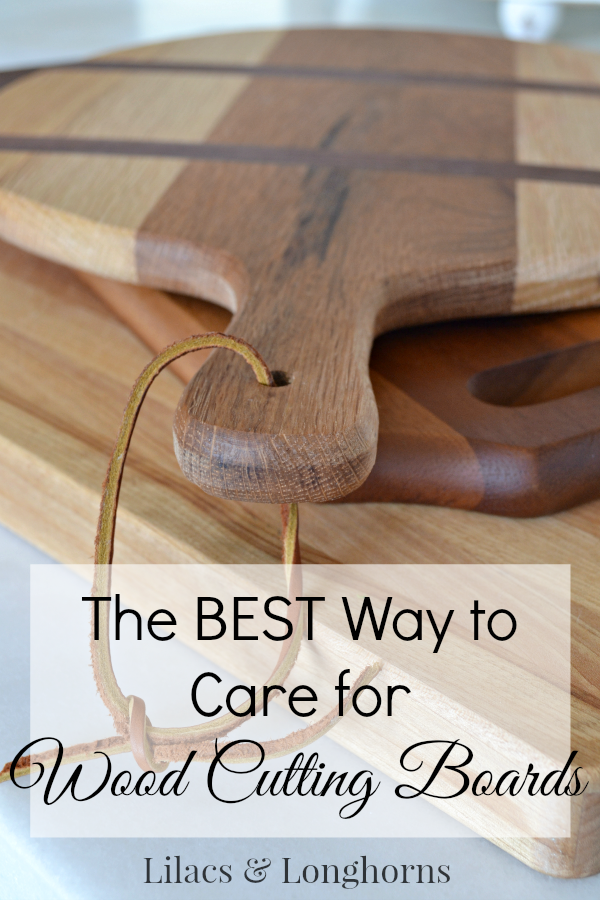
Tip #1
When you get a new cutting board wipe it down thoroughly with a damp cloth and then apply wax or oil immediately. I have tried and used Boos Mystery Butcher Block Oil
and John Boos Block Board Cream with Beeswax . The cream is my favorite. It’s just personal preference but both are easy to use and work great. Just follow the directions on the label and you’ll be golden.
You can also apply walnut oil, almond oil or pure tung oil to moisturize the wood. However, do not use vegetable or olive oil because it can become rancid.
Tip #2
Rinse the board immediately after each use. You can also wash it well with warm water and mild dish soap. Do not submerge the board because it could cause the board to crack or warp over time.
Tip #3
Once every 2 weeks or so, clean with a generous amount of coarse salt (like Kosher salt) and lemon.
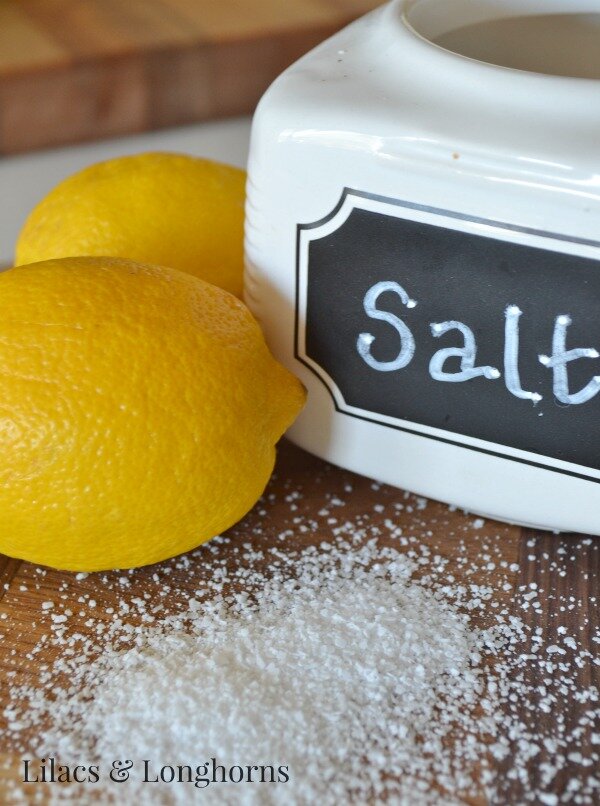
Cut the lemon in half and then scrub the entire surface using the pulp-side of the lemon as a scrubber. The juice of the lemon and the coarse salt helps disinfect, eliminate stains and reduce odors like garlic and onion. If odors are particularly strong you can also try vinegar to wash your board. Baking soda also works well to eliminate stains from dark colored berries, wine, etc.
Tip #4
About once a month, re-apply the oil or cream as mentioned above. Regular applications keep the wood well-hydrated and looking beautiful.
Caring for your cutting boards is really simple and easy, but it does take a little diligence. If you keep your boards hydrated they will look and function great for years to come!
I mentioned above that I recently received a new cutting board as a gift.
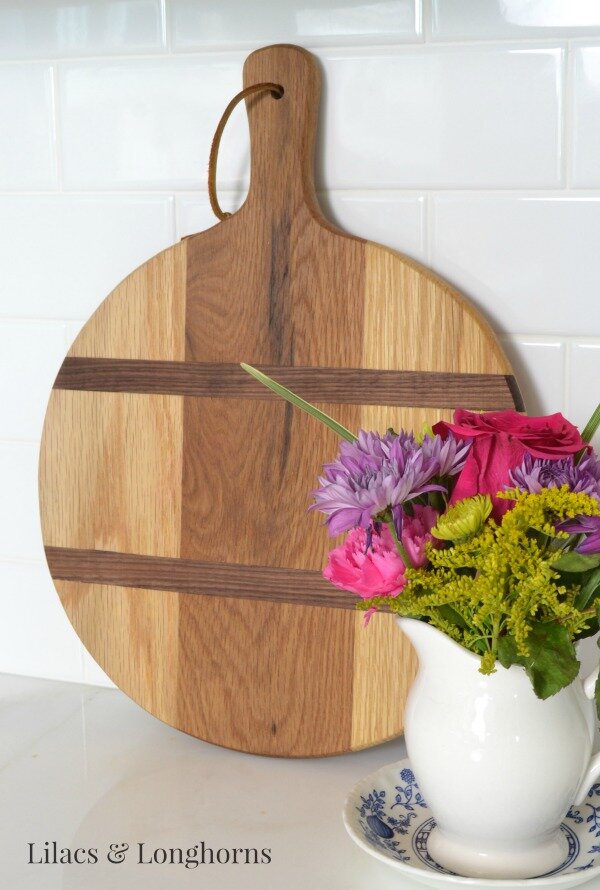
Isn’t it pretty?!
It is from my sweet friend, Robin, from All Things Heart and Home.
Her handy husband made it and she sent it to me as a little “thank you” for contributing some posts to her blog last fall.
It was such a wonderful surprise and a big treat when I opened the box!
She didn’t ask me to post about her cutting boards or promote her shop, but I just love this little board so much that I want to give her shop and blog a shout out. This particular board is their French Country Bread Board. I absolutely love it and it now has a prominent place in my kitchen. Thank you, Robin!
**UPDATE: After initially publishing this post I received some inquiries about the safety of using tung oil. One person had heard that it causes cancer and others were concerned about using it on a food prep surface. I originally gained the information about using tung oil from more than one kitchen/food sites. After publishing this post and reading reader questions, I conducted more research. As a result, I was unable to find anything about tung oil causing cancer. I also confirmed that tung oil is,indeed, food safe. It is a natural product derived from the tung seed. After application, you must ensure that the oil is completely dry before preparing food. In addition, some people are allergic to tung seeds, and therefore, the oil. So, if you have a nut or seed allergy it is probably best not to use tung oil on any food prep surface.

This post contains affiliate links but all opinions are my own!
I often share at: Metamorphosis Monday, Your Designs This Time, The Scoop, Wow Us Wednesdays, Inspire Me Tuesday, Furniture Feature Friday, Not Just a Housewife











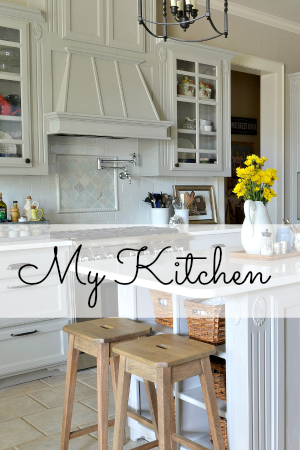



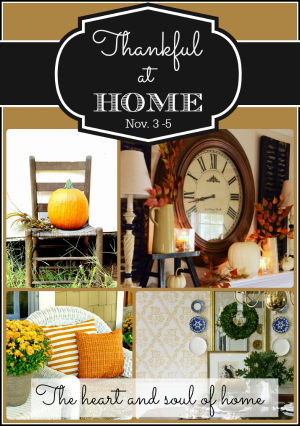
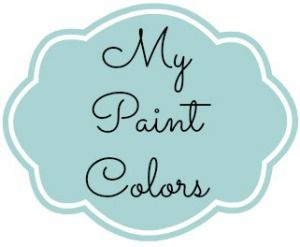
Great tips and what a wonderful gift. The cutting board is so beautiful and to think it was hand made by a fellow blogger’s sweet hubby!….So very special!
Julie, I have one wood cutting board and several other styles and I hate to admit but I was doing the soap and water so this is truly some great tips. I’ll share later on fb to. Thank you again so much for linking up to our Something to Talk About Link Party and here’s to a great week xo Lisa
That cutting board is beautiful! What a nice surprise. Last week I combined a couple drops of lemon essential oil with the almond oil then rubbed it in. Really helped w/ the garlic and onion smell.
you mentioned using tung oil. Is it safe to use on a cutting board or counter top
Where you prepare food?
Hi Donna,
Yes, Tung oil is food safe after it dries. It is derived from the tung seed, so it is a natural product. However, after getting a few inquiries about tung oil I did some further research and discovered that some people are allergic to tung oil (I suppose it’s similar to having a peanut allergy) so those people with allergies should not use it. Hope that helps!
Julie
Hello-
I wanted to share something I have learned in regard to cleaning cutting boards AND any plastic food storage containers. Anything that has a strong aroma or staining capacity, i.e.. garlic, onions, tomato sauce etc. …if you will initially clean with soap and COLD WATER, the stain and/or odor lift off/out more easily than if you started out with hot water. I think the hot water ‘opens the pores’ if you will to the plastic or wood and therefore embeds the odor or stain more deeply into it.
Great information, Leigh…thank you so much for sharing!
Take care,
Julie
Pingback: Share It One More Time Inspiration Party #41